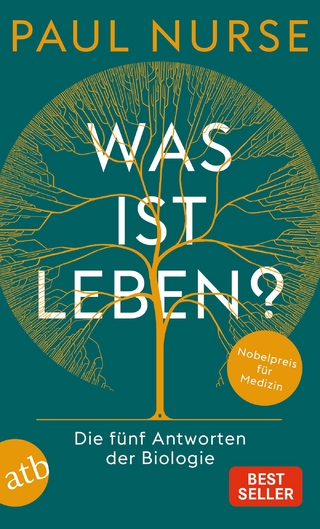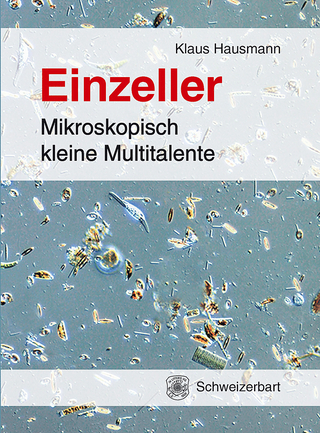
The Biology of Hyaluronan
John Wiley & Sons Ltd (Verlag)
978-0-471-92305-3 (ISBN)
- Titel ist leider vergriffen;
keine Neuauflage - Artikel merken
The Biology of Hyaluronan Chairman: T. C. Laurent 1989 Hyaluronan is a unique linear polysaccharide found in cartilage and in soft connective tissues such as synovial fluid and skin. It is an apparently simple homopolymer with a mechanical role as space filler or lubricant which also takes part in cell surface activities of great specificity, as recent work described in this symposium shows. Hyaluronan synthase was first identified in streptococci; isolation of the mammalian enzyme and its properties are discussed. The degradation of hyaluronan is mainly intracellular after receptor-mediated uptake. The catabolic enzymes involved and the fate of the resulting monosaccharides (including their recycling) are becoming understood. Various hyaluronan-binding proteins have been identified, including one in fibroblasts which may help regulate cell motility. Hyaluronan is a major component of the intercellular matrix surrounding proliferating and migrating cells in embryonic tissues, including the developing nervous system. It is involved in inflammation, angiogenesis and wound healing.
High concentrations are found in malignant tissues, the result (in culture at least) of stimulation of hyaluronan synthesis in fibroblasts by tumour cells. Another stimulatory factor, produced by activated blood mononuclear cells, links hyaluronan to inflammatory diseases such as scleroderma and rheumatoid arthritis. High levels are produced in cirrhotic liver disease, malignant mesothelioma and sarcoidosis. The clinical use of hyaluronan as a connective tissue marker is leading to a better understanding of such diseases. The symposium concludes with a discussion of the surgical use of purified hyaluronan, including the development of new molecular forms for use in the control of adhesions, scar formation and tissue regeneration. Related Ciba Foundation Symposia: No 124 Functions of the proteoglycans Chairman: V. C. Hascall 1986 ISBN 0 471 91090 2 No 136 Cell and molecular biology of vertebrate hard tissues Chairman: G. A. Rodan 1988 ISBN 0 471 91885 7 No 145 Carbohydrate recognition in cellular function Chairman: E. Ruoslahti 1989 ISBN 0 471 92307 9
Partial table of contents: Secondary Structures in Hyaluronan Solutions: Chemical and Biological Implications (J. Scott). Turnover and Metabolism of Hyaluronan (J. Fraser & T. Laurent). Enzymic Pathways of Hyaluronan Catabolism (L. Rod?n, et al.). Hyaluronan and Hyaluronan-Binding Proteins in Cartilaginous Tissues (R. Mason, et al.). The Role of a Cell-Associated Hyaluronan-Binding Protein in Fibroblast Behavior (E. Turley). The Role and Regulation of Tumor-Associated Hyaluronan (W. Knudson, et al.). Interactions Between Cells of the Immune System and Hyaluronate Synthesis by Human Dermal Fibroblasts (T. Whiteside & R. Buckingham). Hyaluronan and Angiogenesis (D. West & S. Kumar). Changes in Hyaluronan Concentration in Tissues and Body Fluids in Disease States (A. Engstr?m-Laurent). The Specific Interaction Between Fibrin(ogen) and Hyaluronan: Possible Consequences in Hemostasis, Inflammation and Wound Healing (P. Weigel, et al.). General Discussion. Index of Contributors. Subject Index.
| Erscheint lt. Verlag | 14.6.1989 |
|---|---|
| Reihe/Serie | Ciba Foundation Symposium ; 143 |
| Zusatzinfo | 34 line drawings, 21 half-tones, 29 tables, index |
| Verlagsort | Chichester |
| Sprache | englisch |
| Maße | 136 x 255 mm |
| Gewicht | 620 g |
| Themenwelt | Naturwissenschaften ► Biologie ► Zellbiologie |
| ISBN-10 | 0-471-92305-2 / 0471923052 |
| ISBN-13 | 978-0-471-92305-3 / 9780471923053 |
| Zustand | Neuware |
| Haben Sie eine Frage zum Produkt? |
aus dem Bereich


